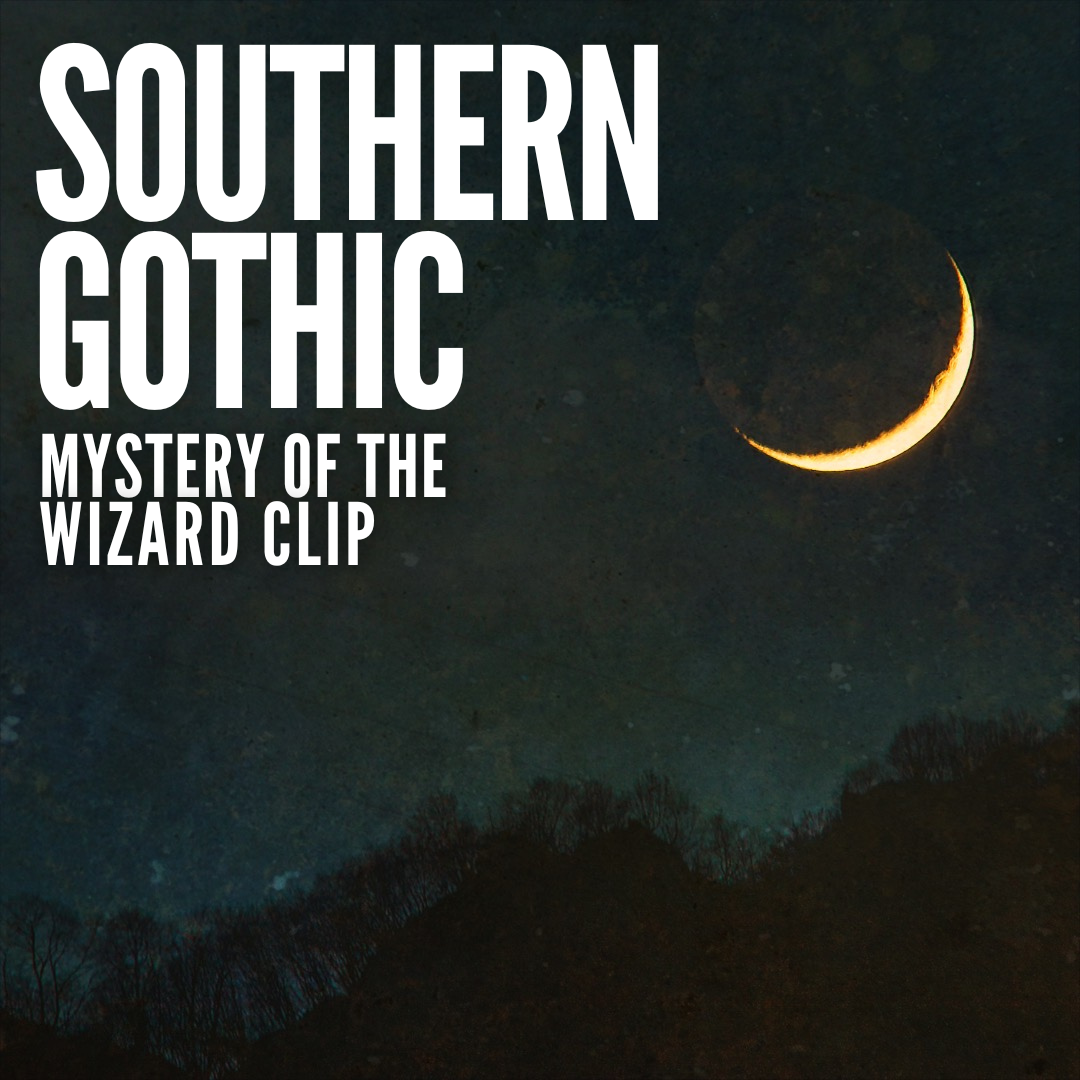Sources:
Brownson, Sarah M. Life of Demetrius Augustine Gallitzin: Prince and Priest. New York: Fr. Pustet & Co., 1873. GoogleBooks.
Dallaire, Glenn. “The Wizard Clip - Adam Livingston’s Miraculous Conversion.” Miracles of the Church (blog). November 2011. https://www.miraclesofthechurch.com/2011/11/wizard-clip-adam-livingstons-miraculous.html.
Dallaire, Glenn. “The Wizard Clip & Mystic Voice - Newspaper Article from 1926.” Mystics of the Church (blog). February 2014. https://www.mysticsofthechurch.com/2014/02/the-wizard-clip-mystic-voice-newspaper.html.
Finotti, Joseph M. The Mystery of the Wizard Clip. Baltimore, MD: Kelly, Piet, and Company, 1879. Archive.org. https://archive.org/details/mysteryofwizardc00fino.
Grundhauser, Eric. “The Ghost Story Behind a Bucolic Catholic Retreat Center.” Atlas Obscura. November 7, 2017. https://www.atlasobscura.com/articles/wizard-clip-west-virginia-priest-field.
Guiley, Rosemary Ellen. The Big Book of West Virginia Ghost Stories. Guilford, CT: Globe Pequot, 2014.
Harvey, George, ed. “A Ghost that Advertised a Town.” Harper’s Weekly, 54 (January 1, 1910): 33. GoogleBooks.
Hauck, Dennis William. Haunted Places: The National Directory. New York: Penguin, 2002.
Helentjaris, Diane R. “A Look Back at the Catholic Ghost Of Wizard Clip.” Religion Unplugged. October 29, 2019. https://religionunplugged.com/news/2019/10/29/the-catholic-ghost-of-wizard-clip.
“The Historic Village of Middleway, West Virginia.” Middleway Conservancy Association. Accessed October 7, 2022. https://middlewayconservancy.org.
Huntington, Jedediah Vincent. Alban, Or a History of a Young Puritan, Vol. 2. New York: Redfield, 1853. GoogleBooks.
Musick, Ruth Ann. The Telltale Lilac Bush and Other West Virginia Ghost Tales. Lexington KY: The University Press of Kentucky, 1976.
Whitney, Annie Weston and Caroline Canfield Bullock. Folk-Lore from Maryland. New York: The American Folk-Lore Society, 1925. GoogleBooks.
Wilson, Patty. Haunted West Virginia: Ghosts and Strange Phenomena of the Mountain State. Guilford, CT: Globe Pequot, 2019.


































































